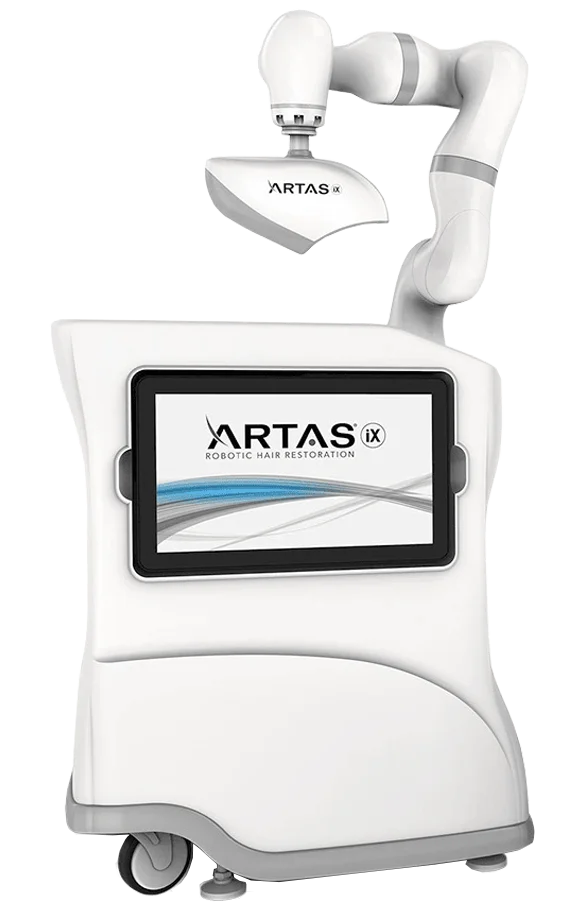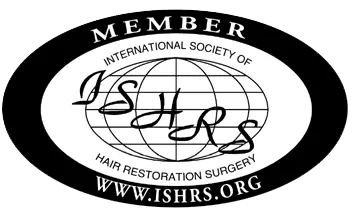Hair Restoration Surgery
Say Yes to A More Youthful You With Hair Restoration Surgery.
Regain your youthful crown with hair restoration solutions that work.
At Pizarro Hair Restoration, we understand the impact hair loss can have on self-confidence and overall well-being. With our services, you can say goodbye to hair loss and regain a youthful, full head of hair.
With a track record of successful transformations and satisfied clients, you can trust Pizarro Hair Restoration to help you achieve the lasting results you desire. Take the first step towards a confident, more youthful you by scheduling a consultation today.
What's Included in the Service
1. Personalized Consultation
We begin with a thorough, one-on-one consultation to understand your unique hair loss concerns, medical history, and aesthetic goals. This step ensures we create a customized treatment plan that suits you best.
2. State-of-the-Art Techniques
Our skilled surgeon utilizes cutting-edge hair transplant techniques, such as follicular unit extraction (FUE) or follicular unit transplant (FUT), to harvest and transplant hair follicles from donor areas to targeted areas with precision and minimal scarring.
3. Expert and Experienced Surgeon
With over 30 years of experience as a board-certified surgeon, Dr. Pizarro is an expert in hair restoration procedures. You can trust that you are in the hands of a skilled professional who prioritizes your safety and satisfaction.
4. Natural-Looking Results
We focus on creating natural-looking hairlines that seamlessly blend with existing hair. With our expert team on the job, we guarantee that your restored hair is virtually undetectable.
5. Comfortable and Safe Environment
Our clinic provides a comfortable and welcoming atmosphere, equipped with state-of-the-art facilities to ensure your safety and comfort during the entire hair restoration procedure.
6. Post-Operation Care
We offer comprehensive post-operative care instructions to help every client during the recovery period and maximize the success of your hair restoration. With our expertise, you can expedite your recovery and get long-lasting results.
7. Follow-Up and Support
Our commitment to your well-being extends beyond the surgical procedure. We provide ongoing support and follow-up appointments to monitor your progress and address any concerns.
Benefits of Hair Restoration Surgery
Hair restoration surgery can be a life-changing solution for individuals experiencing hair loss or thinning hair. This transformative procedure aims to:
1. Restore Natural-Looking Hair
Hair restoration effectively brings back natural hair to areas where it has thinned or receded, creating a seamless transition between your restored and existing hair.
2. Boost Self-Confidence
By regaining a full head of hair, individuals experience a significant boost in self-confidence, positively impacting various aspects of their lives.
3. Rejuvenate Your Appearance
Our hair restoration surgery can help turn back the clock on aging and provide you with a more youthful and vibrant appearance that aligns with how you feel on the inside.
4. Offer Long-Lasting Results
Hair restoration delivers long-lasting results. Once the transplanted hair follicles establish themselves, they'll continually grow, ensuring a lasting solution to hair loss.
5. Eliminate Bald Spots
The procedure can effectively target and fill in bald spots, creating a symmetrical and full head of hair.
6. Allow for Hairstyle Freedom
With restored hair, you have the freedom to style your hair in various ways, whether you want to experiment with different looks or simply embrace your preferred hairstyle.
7. Improve Social Interactions
Many individuals report enhanced social interactions and a greater sense of connection with others after undergoing hair restoration surgery.
8. Enhance Overall Quality of Life
Addressing hair loss concerns leads to improved emotional well-being and a higher overall quality of life.
9. Provide a Safe and Effective Solution
With advanced surgical techniques and skilled surgeons, hair restoration surgery is a safe and well-established procedure with a high success rate.
What Happens During Hair Restoration
1. Consultation
The process begins with a thorough consultation between the patient and the hair transplant surgeon.
During this session, the surgeon assesses the patient's hair loss pattern, discusses their goals, and determines the most suitable hair restoration technique.
2. Anesthesia
On the day of the surgery, the patient is given local anesthesia to ensure they remain comfortable and pain-free throughout the procedure.
3. Harvesting Hair Follicles
The surgeon selects a donor area, usually located at the back or sides of the patient's head, where hair follicles are genetically resistant to hair loss.
The chosen technique, either FUE or FUT, is used to extract individual hair follicles or a strip of tissue containing multiple follicles, respectively.
4. Preparation of Follicular Units
Once the hair follicles are harvested, the surgical team carefully prepares them under a microscope, ensuring the follicular units are intact and ready for transplantation.
5. Creating Recipient Sites
The surgeon creates tiny incisions in the areas of the scalp where hair restoration is desired.
These recipient sites are strategically placed to achieve a natural hairline and optimize the overall appearance.
6. Transplantation
The prepared hair follicles are meticulously placed into the recipient sites to ensure natural-looking results.
The surgeon pays close attention to the angle, direction, and density of the transplanted hair.
7. Post-Operative Care
After the transplant, the surgical team provides post-operative care, including guidelines on washing the hair, managing discomfort, and caring for the scalp during recovery.
8. Recovery
The patient is usually able to return home on the same day of the surgery. Over the following weeks, the transplanted hair will shed, but this is a normal part of the process.
9. New Hair Growth
In the months following the surgery, the transplanted hair follicles begin to grow new hair. Patients will notice gradual hair growth and density improvement over time.
10. Follow-Up Appointments
The surgical team schedules follow-up appointments to monitor the progress of hair growth and provide ongoing support and guidance.
Frequently Asked Questions About the Service

Call now for expert hair restoration solutions!
Don’t let hair loss hold you back. Contact us for our hair restoration solutions today and rediscover your confidence. Schedule your consultation now and take the first step towards a fuller, more revitalized head of hair!



